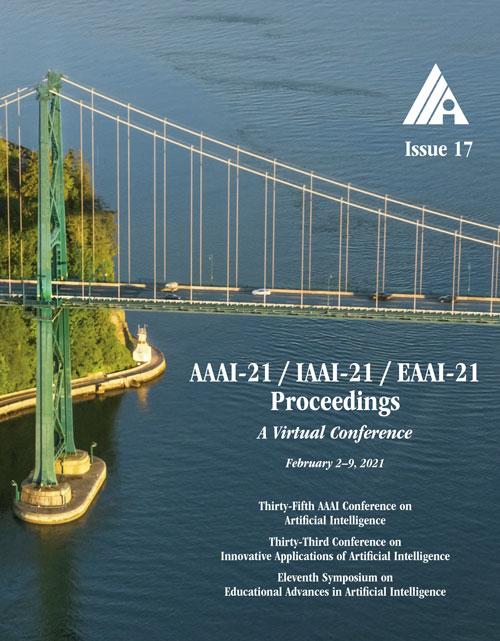Prediction of Landfall Intensity, Location, and Time of a Tropical Cyclone
DOI:
https://doi.org/10.1609/aaai.v35i17.17741Keywords:
Natural Sciences, Environmental SustainabilityAbstract
The prediction of the intensity, location and time of the landfall of a tropical cyclone well advance in time and with high accuracy can reduce human and material loss immensely. In this article, we develop a Long Short-Term memory based Recurrent Neural network model to predict intensity (in terms of maximum sustained surface wind speed), location (latitude and longitude), and time (in hours after the observation period) of the landfall of a tropical cyclone which originates in the North Indian ocean. The model takes as input the best track data of cyclone consisting of its location, pressure, sea surface temperature, and intensity for certain hours (from 12 to 36 hours) anytime during the course of the cyclone as a time series and then provide predictions with high accuracy. For example, using 24 hours data of a cyclone anytime during its course, the model provides state-of-the-art results by predicting landfall intensity, time, latitude, and longitude with a mean absolute error of 4.24 knots, 4.5 hours, 0.24 degree, and 0.37 degree respectively, which resulted in a distance error of 51.7 kilometers from the landfall location. We further check the efficacy of the model on three recent devastating cyclones Bulbul, Fani, and Gaja, and achieved better results than the test dataset.Downloads
Published
2021-05-18
How to Cite
Kumar, S., Biswas, K., & Pandey, A. K. (2021). Prediction of Landfall Intensity, Location, and Time of a Tropical Cyclone. Proceedings of the AAAI Conference on Artificial Intelligence, 35(17), 14831-14839. https://doi.org/10.1609/aaai.v35i17.17741
Issue
Section
AAAI Special Track on AI for Social Impact

